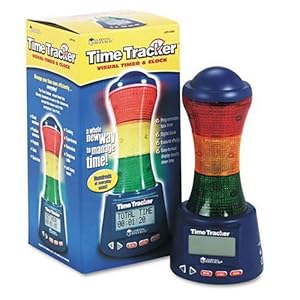For now, here are some concepts to work on with your 3 and 4 year old.
First, here are the Illinois Standards for early learners. I hesistate to post this link because Illinois will soon be switching over to National Standards. But in the meantime, this will help you to plan your lessons.
http://www.isbe.state.il.us/earlychi/pdf/early_learning_standards.pdf
Your 3 and 4 year old should understand what you mean when you ask them "How many _______ do you see?". They should have the ability to count the number of objects in a set. I'm not a huge fan of worksheets at this age. You can have them count items around the classroom or out on the playground. Make sure you ask them in different ways (How many rocks do I have? and Can you please give me three rocks?) You also want to start matching sets to the numerical number and the number in words. Something like this...
http://donnayoung.org/math/number-match-1.htm
You don't have to have a worksheet to do this. Have objects on the table and give your student notecards with the numbers written on them. Have them set down the notecards next to the right group.
At 3 you can start asking simple problems like, "I have four cookies here. If I take one more, how many cookies will I have?". Make sure you have the objects in front of you for concrete learning. Some three year olds may solve it without manipulatives, but this isn't very common. Use manipulatives as much as possible with your young learners.
Your 3 or 4 year old should be able to make comparisons. They should be able to look at groups of objects and tell you which group has more or less. Make sure you use words like more, most, less, least, etc. They should also be able to compare lighter, darker; shorter, taller; bigger, smaller; etc. At this age you want to start having them order objects by size (smallest to largest, largest to smallest, etc)
This is a great age to start using a timer when you say how long something is going to be. When you say, "You have five more minutes of free time" make sure you set the timer. "I'm setting the timer for five more minutes. When the timer goes off it's time to clean up". I have this timer for my third graders and they looove it!

3 and 4 year olds should be able to repeat simple patterns. You can do this with beads, blocks, balls, etc. Make sure you are using the SAME object ONLY in a different color. Using different attributes may confuse your little learner.
No comments:
Post a Comment